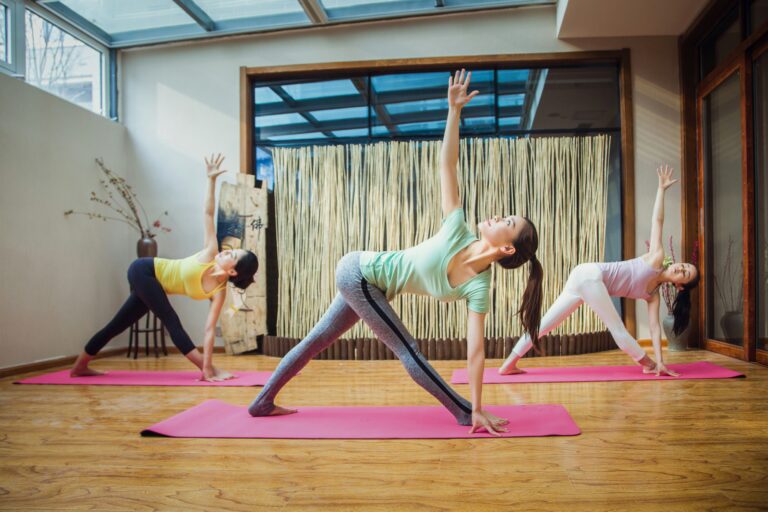In today’s fast-paced, result-driven world, it’s easy to approach wellness like a checklist — lose weight, increase flexibility, master a pose. But yoga for life, in its truest essence, isn’t about reaching a destination or performing picture-perfect postures. It’s a lifelong journey — one of self-discovery, growth, balance, and inner peace.
The Misconception: Yoga as a Goal-Oriented Practice
Many people begin their yoga practice with a specific goal — to touch their toes, master a headstand, or relieve back pain. While these goals can serve as great motivation, they only scratch the surface of what yoga truly offers.
Unlike fitness regimens that focus on outcomes, yoga is about being present in the process. The real rewards of yoga unfold slowly and subtly — in your thoughts, in your breath, in how you respond to challenges both on and off the mat.
Yoga Is a Lifelong Companion
Yoga evolves with you. What starts as a physical practice can transform into a deeply spiritual and emotional journey. At different stages of life, your yoga practice will take different shapes:
- In your 20s and 30s: You may focus on strength, energy, and movement.
- In your 40s and 50s: Yoga becomes a tool for balance, stress reduction, and deeper mindfulness.
- Later in life: Gentle and restorative practices promote joint health, inner peace, and emotional clarity.
Yoga for life means adapting the practice to your needs rather than forcing your body or mind into a fixed mold.
It’s More Than Just Asanas (Postures)
Yoga is not limited to the physical poses we see on social media. In fact, asana is just one of the eight limbs of yoga as outlined in the ancient text, Patanjali’s Yoga Sutras. These eight limbs include:
- Yamas – Ethical disciplines (e.g., non-violence, truthfulness)
- Niyamas – Personal observances (e.g., cleanliness, contentment)
- Asanas – Physical postures
- Pranayama – Breath control
- Pratyahara – Withdrawal of the senses
- Dharana – Concentration
- Dhyana – Meditation
- Samadhi – Bliss or enlightenment
When we realize that yoga includes how we think, speak, breathe, and behave, we understand that it’s not something we “do” — it’s something we live.
Progress Is Internal, Not External
In a society obsessed with achievement, yoga invites us to turn inward. Progress in yoga might look like:
- Reacting less emotionally to stressful situations
- Cultivating compassion toward yourself and others
- Observing your thoughts without judgment
- Feeling more centered and less anxious
- Breathing more deeply and mindfully throughout the day
This inner evolution often goes unnoticed, but it is profound and lasting.
Letting Go of Perfection
Yoga teaches us to befriend imperfection. There will be days when your body feels stiff, your mind is restless, or your balance is off. The practice invites you to show up anyway — to honor what is, rather than striving for what “should be.”
This mindset can ripple into other areas of life, teaching us patience, resilience, and self-love.
Yoga Off the Mat: Living Your Practice
Yoga doesn’t end when your session does. It lives in:
- The way you breathe when stuck in traffic
- The awareness you bring to eating, walking, or speaking
- The compassion you offer to someone in pain
- The forgiveness you extend to yourself
Yoga for life is about conscious living — turning every moment into a chance to connect with your higher self.
Conclusion: The Journey Is the Reward
Yoga isn’t a race. There’s no finish line. The magic of yoga lies in its ability to meet you where you are, day after day. Every breath, every posture, every moment of awareness is a step on the lifelong path of growth and self-realization.
So, unroll your mat, take a deep breath, and remember:
Yoga for life is a journey — not a destination.


